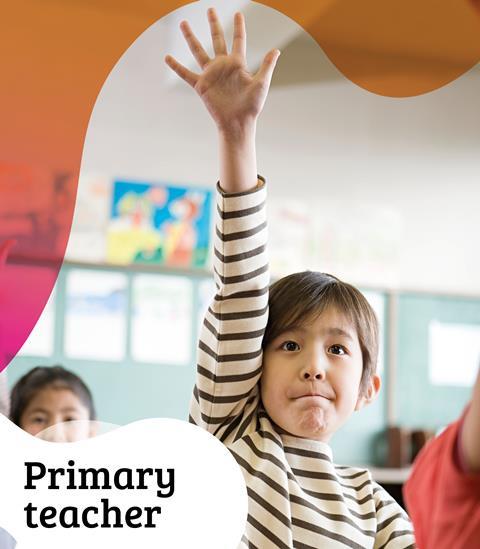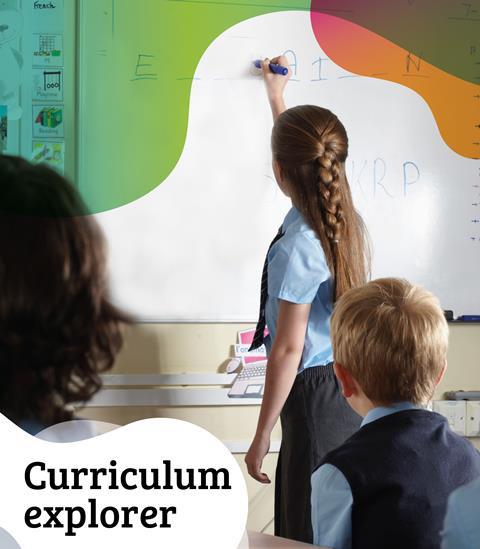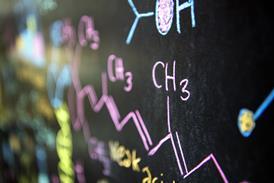All RSC Education articles in Non-EiC content – Page 66
-
 Resource
ResourceEnergy transfer: primary science podcasts
Join Kareena and her superhero friend K-mistry for this short podcast introducing children to appliances that run on electricity.
-
 Resource
ResourceHeat transfer and insulation: primary science podcasts
Join Kareena and her superhero friend K-mistry for this short podcast introducing children to thermal conductors and insulators.
-
 Resource
ResourcePreserves: kitchen science podcasts
Introduce your students to methods to preserve food with this short podcast.
-
 Resource
ResourceRot: kitchen science podcasts
Introduce your students to food decomposition due to bacteria with this short podcast.
-
 Resource
ResourceElemental: kitchen science podcasts
Introduce your students to components of food such as iron, calcium and carbohydrates with this short podcast.
-
 Resource
ResourceLow fat: kitchen science podcasts
Introduce your students to healthy eating with this short podcast.
-
 Resource
ResourceSweet and sour: kitchen science podcasts
Introduce your students to how the 5 senses help us perceive food with this short podcast.
-
 Resource
ResourceSensational states: kitchen science podcasts
Introduce your students to changes of state with this short podcast.
-
 Resource
ResourcePrimary science podcasts
Join Kareena and her superhero friend K-mistry for this series of short podcasts introducing children to chemistry.
-
 Resource
ResourceWater! Water!
A resource pack including a student worksheet, teachers’ notes and four presentations looking at one of the most vital substances on planet Earth - water.
-

-
 Resource
ResourceWind power challenge
A link to Practical Action’s wind power challenge and its related resources, where students are tasked with designing and testing a wind power machine that is cable of lifting weighted objects,
-
 Resource
ResourceTypes of fireworks
Reverend Ron Lancaster MBE demonstrates some of the different types of fireworks, including rockets, shells and Roman candles.
-
 Resource
ResourceThe water cycle: That’s Chemistry!
The ‘water cycle’ chapter from That’s Chemistry! This chapter looks at key ideas and activities that can be used to help students learn how different liquids evaporate at different rates, and the factors that affect these rates.
-
 Resource
ResourceThe squashed tomato challenge
Students design, build and test a method of transporting tomatoes
-
 Resource
ResourceThe Mpemba effect
Help discover why warm water freezes quicker than cold water. The Royal Society of Chemistry offered £1000 for the best and most creative explanation of this phenomenon, known as the Mpemba effect. View the winning entry, try the experiment for yourself, or read the original paper.
-
 Resource
ResourceThe properties of materials and their everyday uses: That’s Chemistry!
The ‘properties of materials’ chapter from That’s Chemistry! This chapter looks at key ideas and activities that can be used to help students learn how the properties of materials affects their suitability for different uses.
-
 Resource
ResourceThe nature of science: Concept Cartoons
The nature of science resources try to give students an awareness of science as a changing body of knowledge. This resource uses concept cartoons to help students engage with difficult scientific concepts.
-
 Resource
ResourceSolids, Liquids and Gases
Cartoon animations that explain in simple terms why different materials have different properties and how they change on heating and cooling. Other animations cover separating solids from liquids and show what happens to a solid when it dissolves in a liquid. Courtesy of the ABPI.
-
 Resource
ResourceSolids, liquids and gases: That’s Chemistry!
The ‘solids, liquids and gases’ chapter from That’s Chemistry! This chapter looks at key ideas and activities that can be used to help students learn about solids, liquids and gases, and understand that some materials change state when they are heated or cooled.











